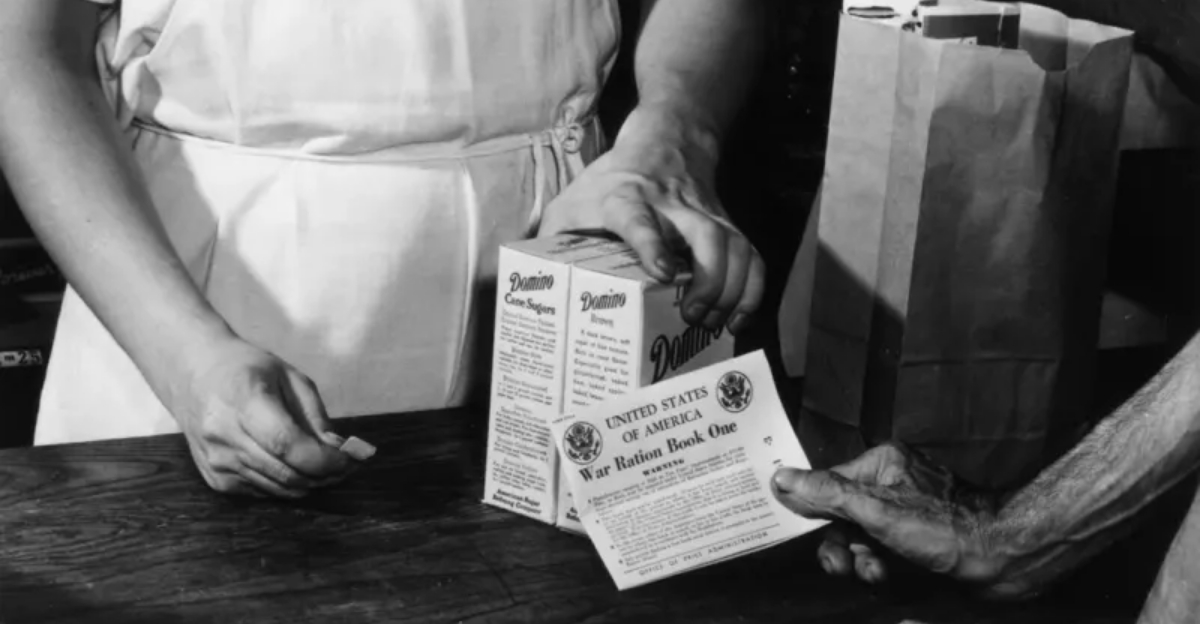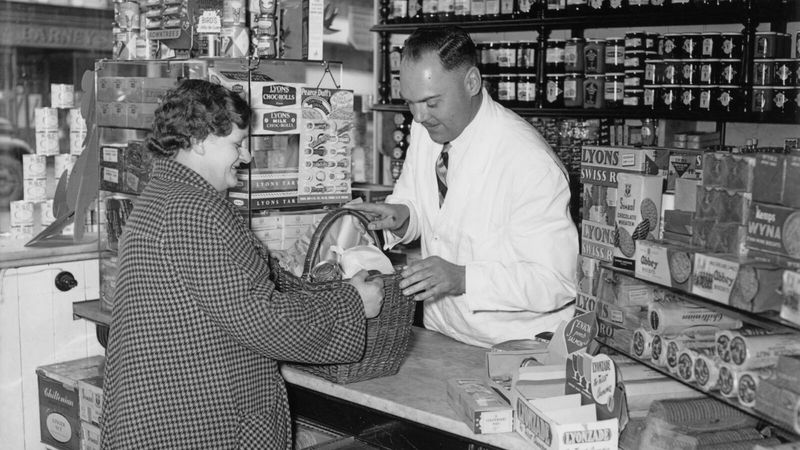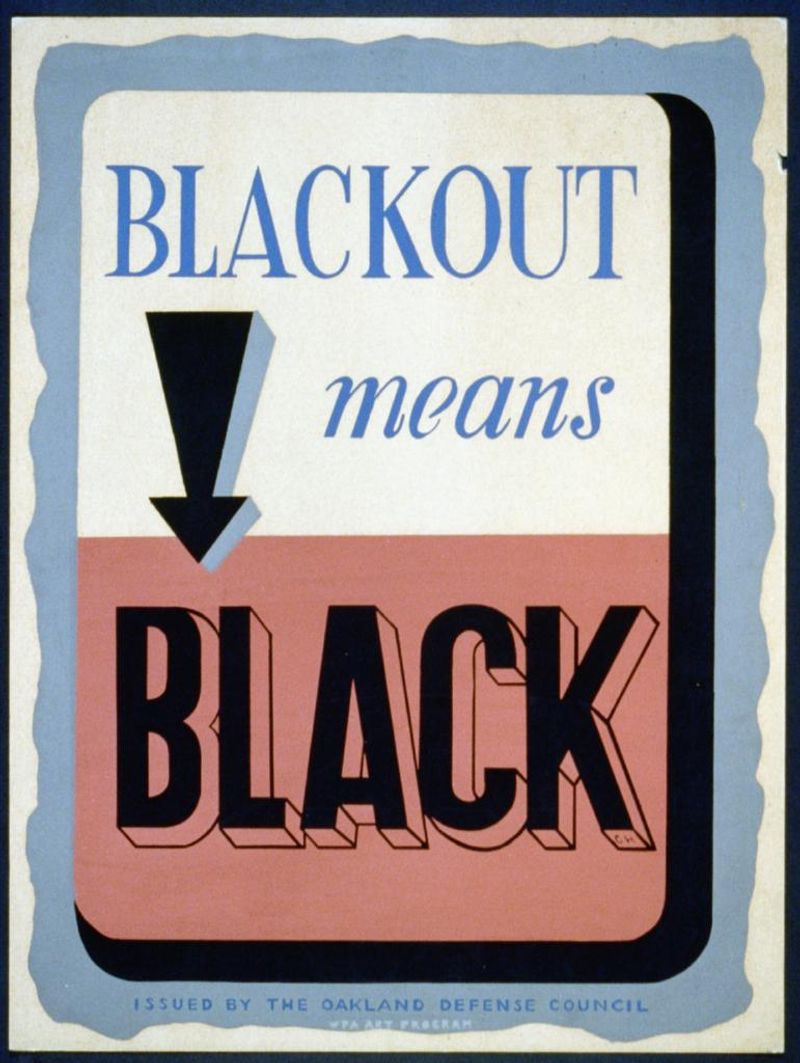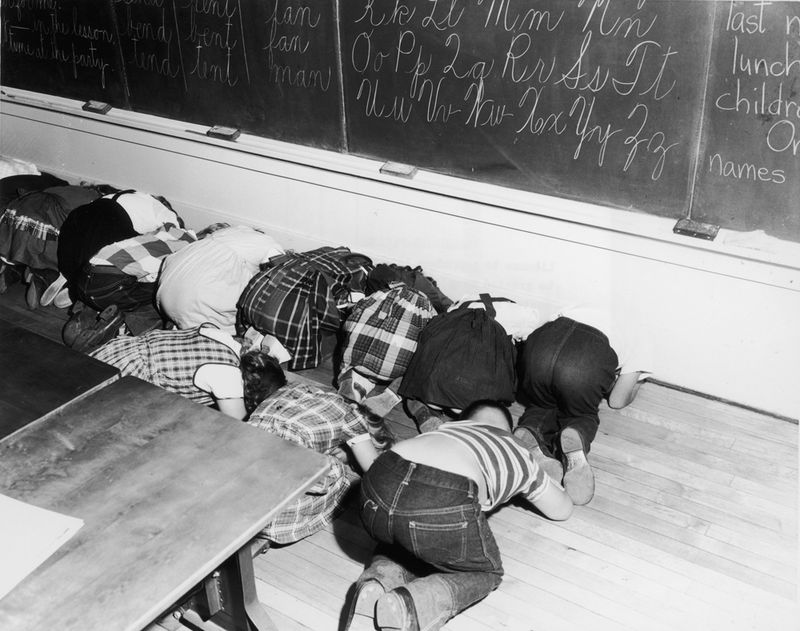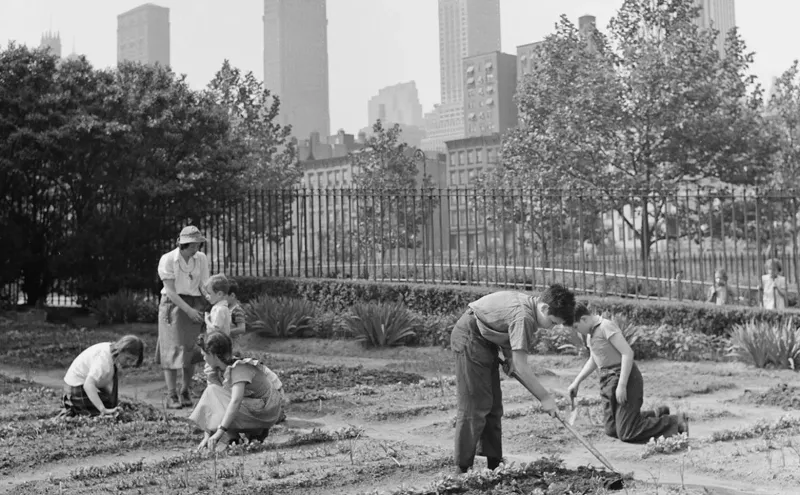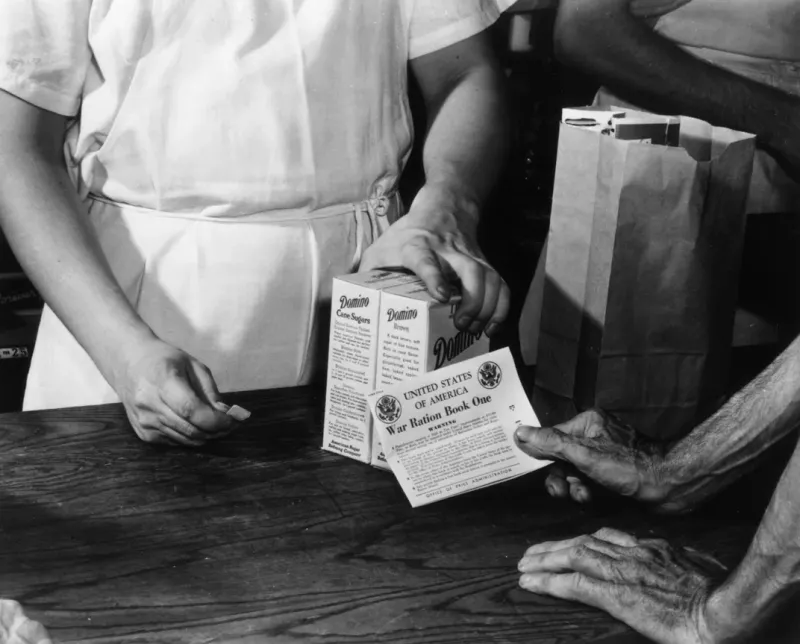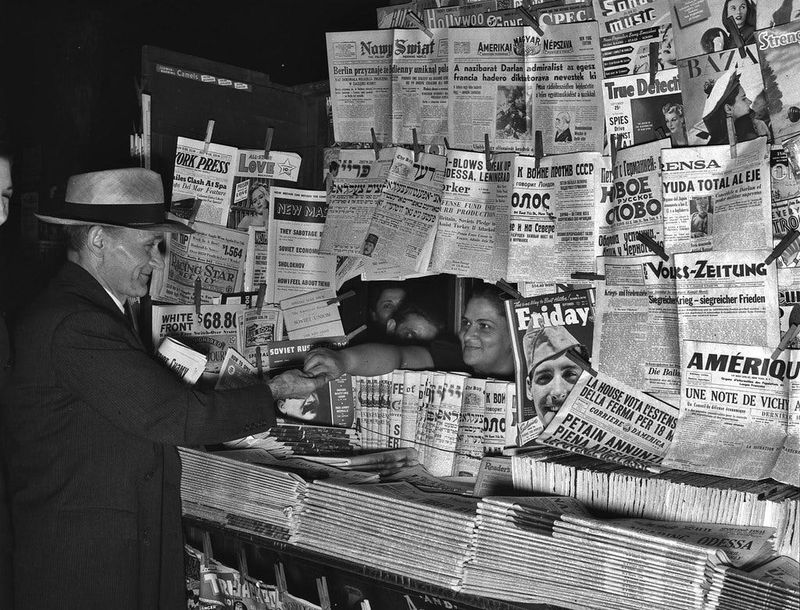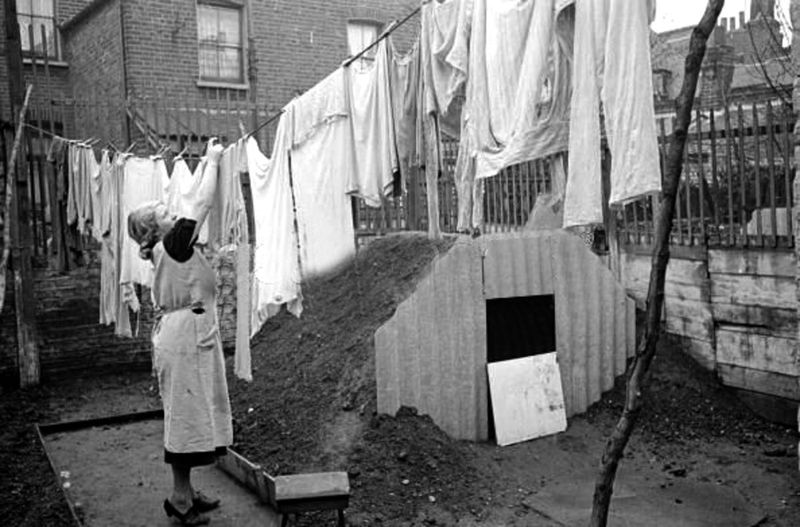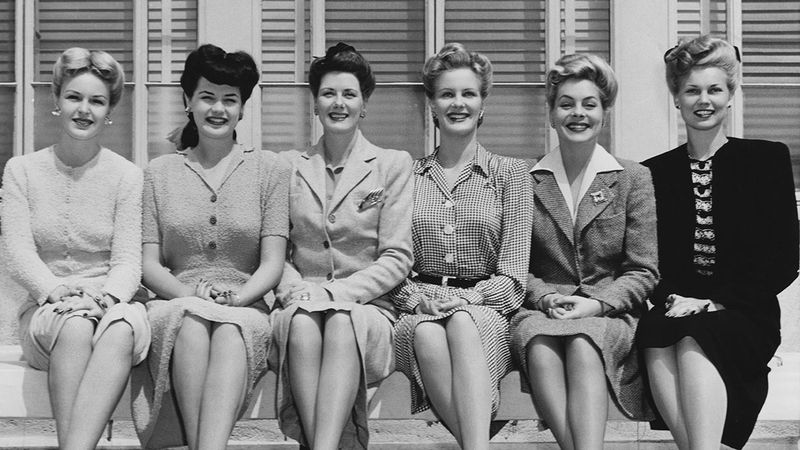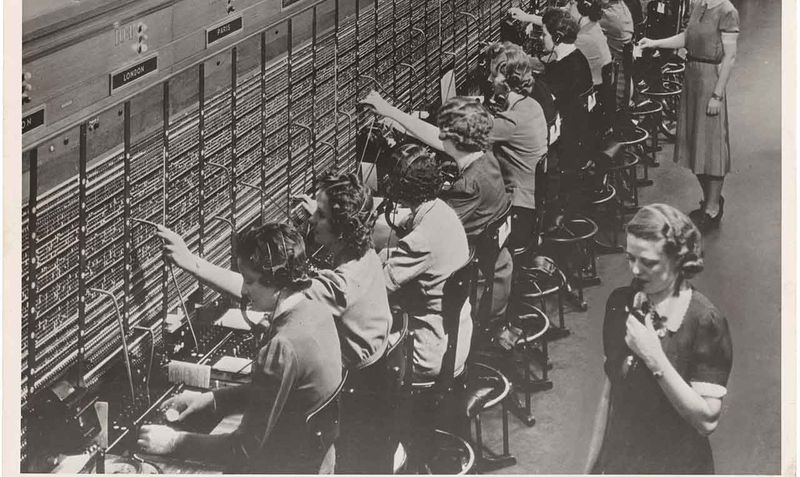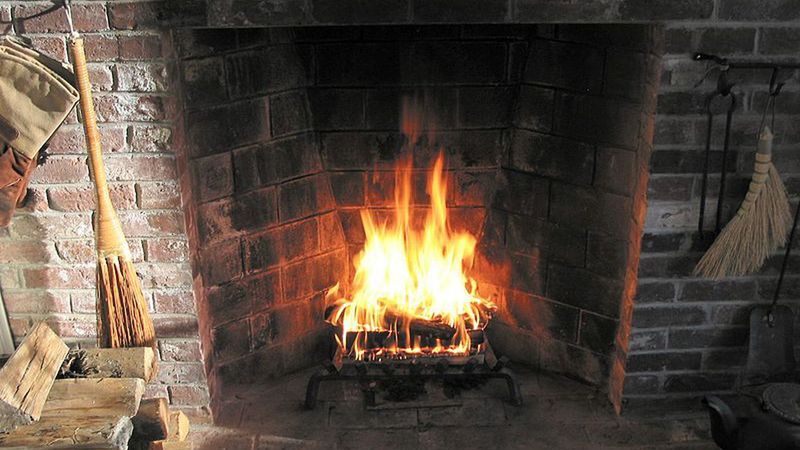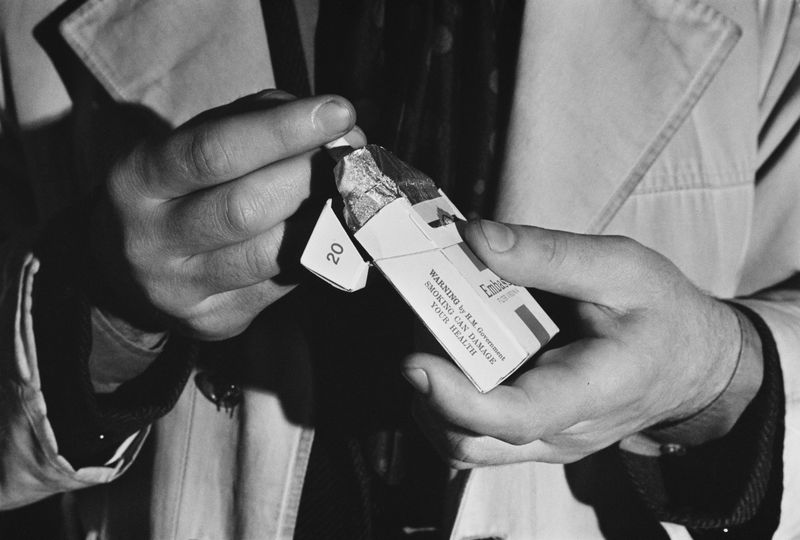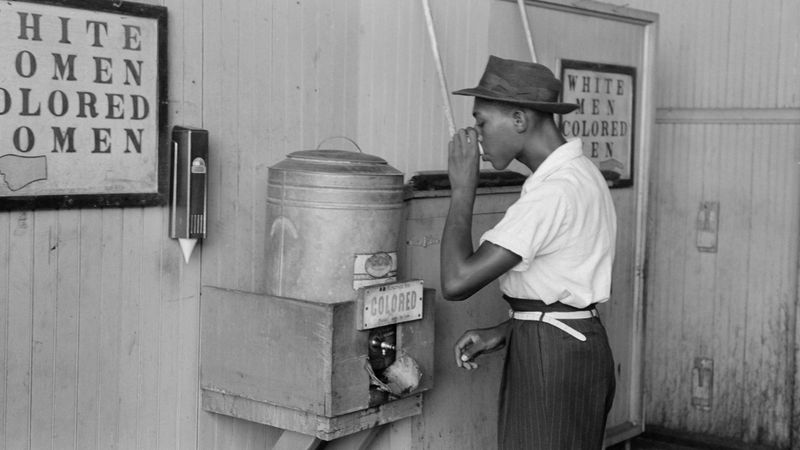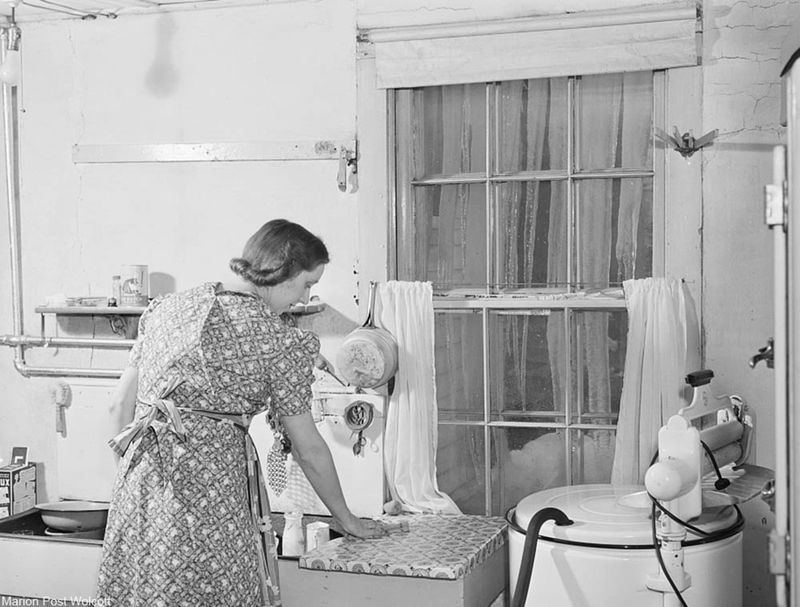The 1940s were marked by World War II, which shaped the lives of millions around the globe. Everyday life was fraught with challenges and inconveniences that are hard to fathom in today’s modern world.
From rationing to restrictive clothing, these daily struggles reveal a stark contrast to our current reality.
1. Limited Refrigeration Meant Frequent Grocery Trips
Many homes had iceboxes instead of modern refrigerators, meaning perishable foods spoiled quickly. Frequent grocery trips were necessary to keep food fresh. Families relied on creative methods like canning to store food longer. Without the convenience of large refrigerators, meal planning required constant attention. Iceboxes needed regular refilling with ice blocks, adding another chore to the daily routine. People learned to prioritize non-perishable items and often relied on local produce.
2. War Blackouts Were a Constant Disruption
Coastal cities enforced strict blackouts at night to avoid being targeted by enemy bombers or submarines. Residents had to cover windows with blackout curtains and limit outdoor lighting. This created a unique nighttime atmosphere. Blackouts altered daily life. People adjusted by using flashlights or candles indoors. Entire communities had to comply to maintain safety, fostering a sense of unity. The disruptions were a constant reminder of the war, affecting evening activities and daily routines.
3. Air Raid Drills Were a Routine Part of Life
Schools and workplaces conducted frequent air raid drills, with people ducking under desks or heading to bomb shelters. These drills were designed to prepare for possible attacks, instilling a sense of urgency. Participating in regular drills became as routine as any other activity. Children learned to respond instantly to alarms, making these practices an integral part of their education. The drills contributed to a heightened state of alertness, shaping the mindset of entire generations.
4. Victory Gardens Were Essential for Food
With food shortages common, families were encouraged to grow their own vegetables in “Victory Gardens.” These gardens provided essential supplements to rationed foods, helping families cope with shortages.
Growing food at home became a patriotic duty. Families spent evenings and weekends planting and harvesting crops.
These gardens fostered community spirit, as neighbors exchanged seeds and gardening tips. The gardens were a source of pride and a contribution to the war effort.
5. Rationing Controlled Daily Life
Food, gasoline, rubber, and clothing were rationed due to World War II. People used ration books and coupons to buy basics like sugar, meat, and coffee. Waiting in long lines at the store was common.
Families had to plan meals around what they could obtain, often swapping ration coupons among neighbors.
Ration books became a part of daily life, dictating what was possible to purchase. This system taught people to be resourceful and frugal, as wasting food was not an option. The community often shared resources, strengthening bonds among neighbors.
6. News Came Mostly from Radio and Newspapers
There was no 24/7 news cycle. People relied on radios or daily newspapers for updates on the war and world events. Listening to the evening broadcast was a family ritual.
The limited access to information meant that news was consumed with careful attention. Conversations often revolved around the latest updates from the radio or printed headlines.
This slower pace of news delivery shaped public perception and understanding of global affairs.
7. Washing Clothes Was a Time-Consuming Chore
Many households still used wringer washing machines or washed clothes by hand. This time-consuming task required dedication. Without clothes dryers, laundry had to be hung outside, regardless of the weather.
Washing clothes was a weekly routine that involved physical labor. The process demanded attention to detail, such as ensuring garments were properly rinsed and wrung out.
This chore, though laborious, was a time for reflection and often a communal activity among family members.
8. Women’s Clothing Was Uncomfortable and Restrictive
Women wore stockings with garter belts, as pantyhose didn’t exist yet, and dresses with structured waists. Comfort was not a priority in fashion, making daily activities more cumbersome.
The fashion of the era, with its emphasis on aesthetics over comfort, often restricted movement. Women adapted to these constraints, skillfully managing their attire during chores and social events.
The attire of the time reflected societal norms and expectations placed upon women.
9. Long-Distance Calls Were Expensive and Rare
Making a long-distance phone call was a luxury. Families often relied on letters to communicate with distant relatives. Writing and receiving letters became a cherished tradition.
The high cost of calls meant families planned them carefully, often saving them for special occasions.
This reliance on written communication created a tangible connection through the exchange of letters. It fostered a deep appreciation for the written word and the personal touch it conveyed.
10. Heating Homes Was a Challenge
Many homes used coal or wood-burning stoves for heat, requiring constant upkeep and refueling. Managing these stoves was a daily necessity, especially during cold winters. Families coordinated efforts to chop and store wood, making heating a communal task. The warmth provided by the stoves was a focal point of the home, bringing family members together. The task of maintaining heat instilled a sense of responsibility and resilience.
11. Public Smoking Was Everywhere
Cigarette ads encouraged smoking as glamorous and healthy. People smoked in offices, restaurants, and even hospitals. This normalization of smoking is unimaginable today. Smoking was a widespread habit, influencing social interactions and public spaces. The pervasive presence of smoke created an environment where non-smokers had little recourse. This culture of smoking shaped advertising, entertainment, and even medical advice of the era.
12. Air Travel Was a Luxury Few Could Afford
Flying was incredibly expensive, and most people traveled long distances by train or bus. Air travel was reserved for the wealthy or essential trips. The exclusivity of flying made it a symbol of status. Families often associated air travel with adventure and privilege, transforming airports into places of fascination. This rarity turned flying into a memorable event, often shared through stories and photos.
13. Segregation Was Still a Harsh Reality
In many parts of the U.S., racial segregation was enforced in schools, restaurants, public transportation, and restrooms. This institutionalized discrimination affected every aspect of life. Segregation perpetuated inequality and division, shaping societal norms and personal experiences. It was a constant reminder of the racial injustice prevalent in society. Despite these harsh realities, communities often found ways to resist and build solidarity.
14. Household Chores Took Much Longer
There were no dishwashers, microwaves, or frozen meals. Cooking from scratch and cleaning took up significant parts of the day. This manual labor required skill and patience.
Household chores were labor-intensive and time-consuming. Without modern conveniences, families developed routines to manage daily tasks.
These chores, while demanding, also provided opportunities for family bonding and passing down traditions. The emphasis was on quality and craftsmanship in everyday tasks.
